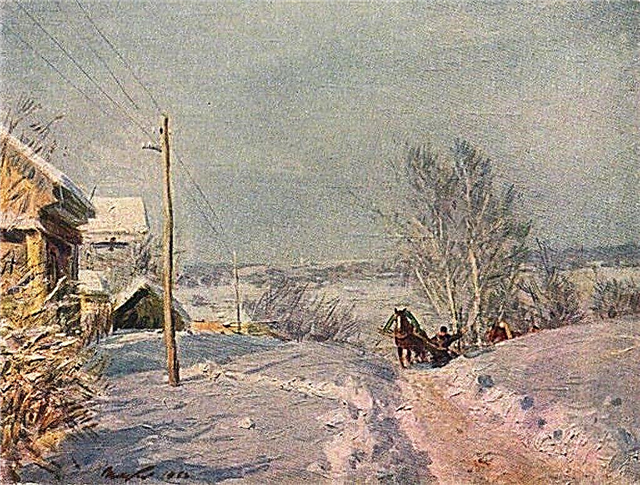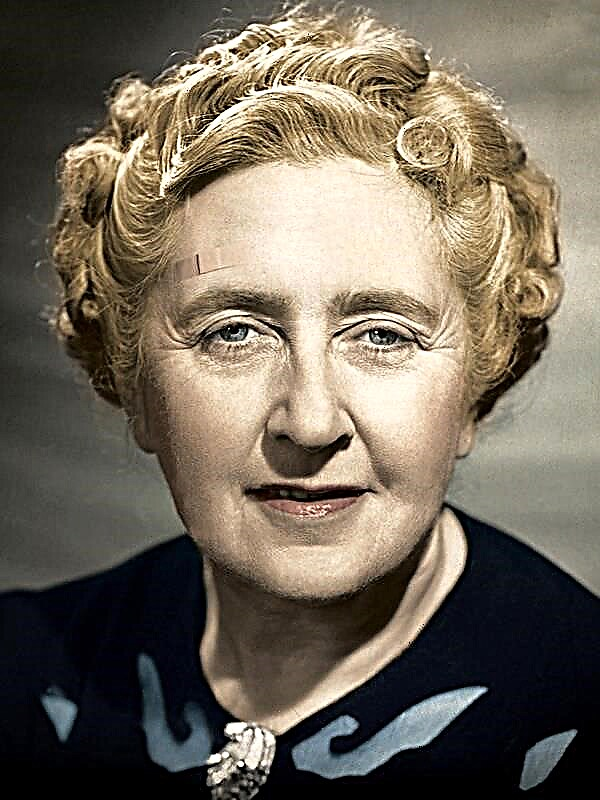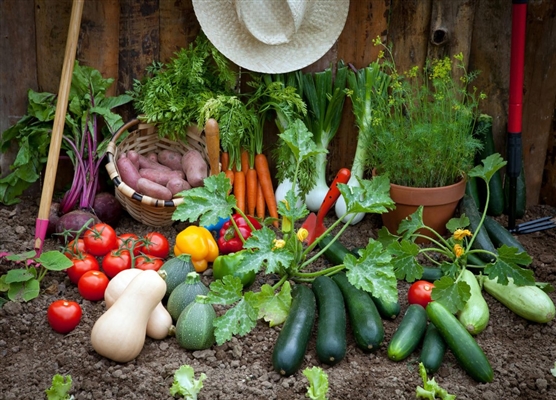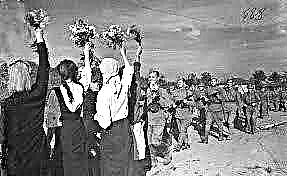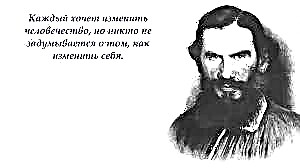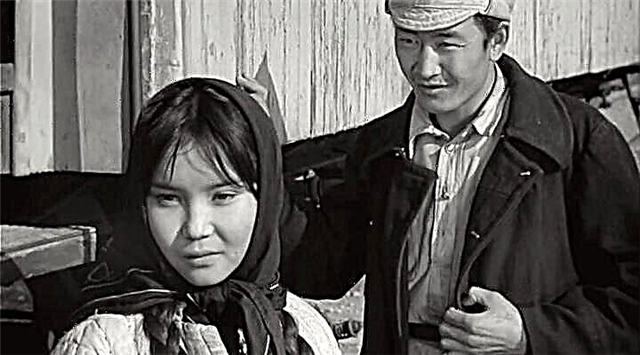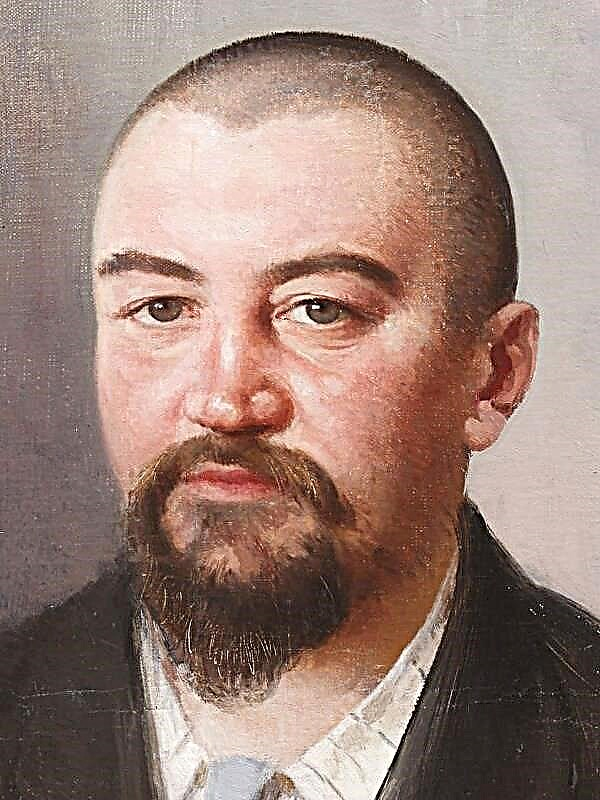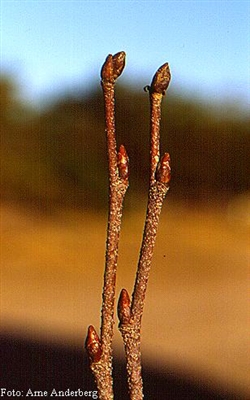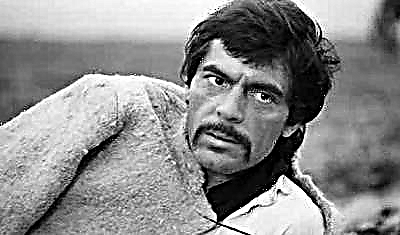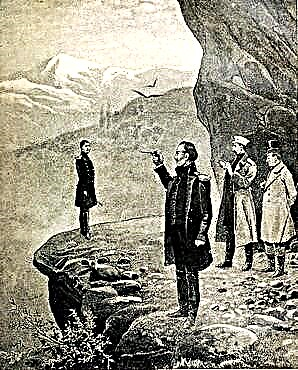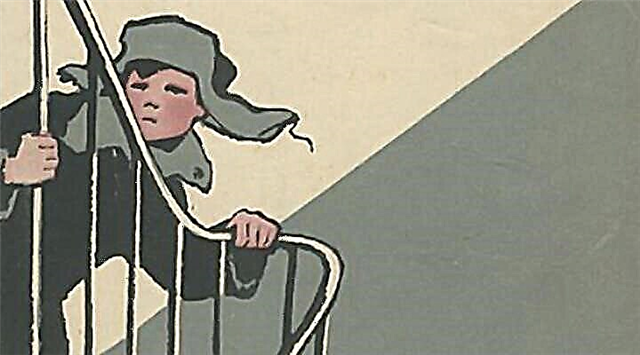Edgar's poem “Raven” is unique in that it won the hearts of readers from the first days of publication and remains popular now. This is one of the most famous and translated poems among those ever created in world literature.
History of creation
The first references to the Crow date back to 1844. In 1842, Edgar's beloved wife Virginia Klemm fell ill with consumption and was doomed to a quick death, in 1847 she died at the age of twenty-three. Anticipating the inevitable tragedy, Poe writes many poems, including the poem Raven. However, the composition is not dedicated to her, but to the Victorian poetess Elizabeth Browning. It was from her poem, “Fan of Lady Geraldine,” that the author borrowed the poetic size for the future “Raven”.
A poem was published in 1845 in the New York daily newspaper Evening Mirror. The royalty was only five dollars, but the work brought the author incredible fame. In the wake of this success, several poetry collections are published.
Genre, direction and size
Traditionally, "Crow" is attributed to the poem genre. The author himself considered this work as an alternation of several small poems rather than a single large work.
The poetic size is the eight-foot trochee or, as it is called in English literary criticism, a trocha. The verses in the stanza are arranged so that male and female endings alternate. But if the size is borrowed, then the structure of the stanza is original. The poem consists of eighteen stanzas, each stanza contains six lines, the last of which is a refrain. The persistence of refrain is noted not only by its regular repetition, but also by the rhyming system: the second, fourth and fifth lines rhyme with the final verse.
The beloved lyric hero's name is Linor. This name refers the reader to the ballad tradition, namely, to G. Burger’s ballad Lenora.
Images and Symbols
Traditionally in folklore, the image of the raven is a harbinger of death. In the poem Poe, this black bird portends the lyrical hero an eternal misfortune, the inability to survive the death of his beloved. The author admits that the raven is primarily a functional image: the one who will repeat the refrain. I came up with the idea to choose precisely this image of the novel by C. Dickens "Barnaby Raj."
To the hero himself, the raven no longer seems to be a living bird, but an ominous spirit - a messenger from the dark kingdom of Pluto. The mention of the Roman god of the dead is not the only religious reference. There are biblical allusions in the text: Eden is mentioned, as well as a balm from Glaad (Balm of Gilead), which could heal the spiritual wounds of a heartbroken hero.
Themes and mood
The poem is permeated with a melancholy mood, which is stated from the first lines of the work. This is indicated by the tired, exhausted state of the hero, the time of day is deep night. Soon spleen was replaced by anxiety, a premonition of trouble.
The transformation of the image of the raven changes the mood in the poem, and also includes new themes as it develops. The first suggestion of the lyrical hero was that a belated guest was knocking at him. It would seem that nothing unusual, nothing to worry about. But as soon as the hero opened the door, he did not see anyone. Since then, fear has appeared in the poem, which will not let the character go. A raven flies through an open window, which even amuses a frightened youth with its appearance. Now the theme of rock dominates the poem, and the hero, having entered into dialogue with an ominous bird, learns of imminent misfortune. The raven is seen by his victim as a demon, the messenger of Hades - the theme is death, the death of not only his beloved, but also all the beautiful things that happened in the life of a young man.
Main idea
Since ancient times, the greatest fear of humanity has been the fear of death. But your own withdrawal from life may not be as terrible as the death of a loved one. For the hero of the poem, Edgar Allan Poe, the loss of his beloved is more than just death: it means eternal grief, which can destroy himself. The character is afraid that he will not be able to cope with the trouble that has overtaken him, and fear has embodied in a black crow. It is noteworthy that the author allows us to perceive the poem as an event that really happened, and as a dream, something mystical.
Edgar Allan Poe shows us a heartbroken man to remind us of the importance of being strong and steadfast in the face of fate. This is the main idea of the poem.
Means of artistic expression
One of the leading means of artistic expression in Raven is alliteration. It is this technique that helps the author create an appropriate atmosphere of darkness and horror in the poem. Assonance is even contained in the refrain, which becomes the cry of a raven: Quoth the Raven “Nevermore”.
The metaphor appears in the poem as the leading path. The image of the raven itself is a metaphor - a symbol of fear and endless sorrow, and its black pen is a harbinger of torment after death. One of the most striking metaphors is the look of the raven: its burning eyes that burn the hero from the inside (fiery eyes now burned into my bosom’s core).
Edgar Poe repeatedly refers to the antithesis. The black crow is opposed by white marble, the storm raging outside - peace within the home. There is a contrast inside the image of a raven. Either he is majestic, then ugly, then funny, then terrible. A number of contrasting epithets show the unrest occurring in the hero’s soul, because we see the bird through his eyes.

